Building a Webhook Systems with NestJS: Handling Retry, Security, Dead-letter Queues, and Rate Limiting ✨
Webhooks are a powerful way to enable real-time communication between services. But what happens if a webhook fails? Or if a malicious user floods your endpoint with spam? In this guide, we’ll build a resilient webhook system in NestJS that includes: Webhook sender: Securely signing and sending webhooks. Webhook receiver: Verifying, processing, and retrying failed webhooks. Dead-letter queues (DLQ): Handling persistent failures gracefully. Rate limiting: Preventing spam and abuse. 1. Setting Up the Webhook Sender
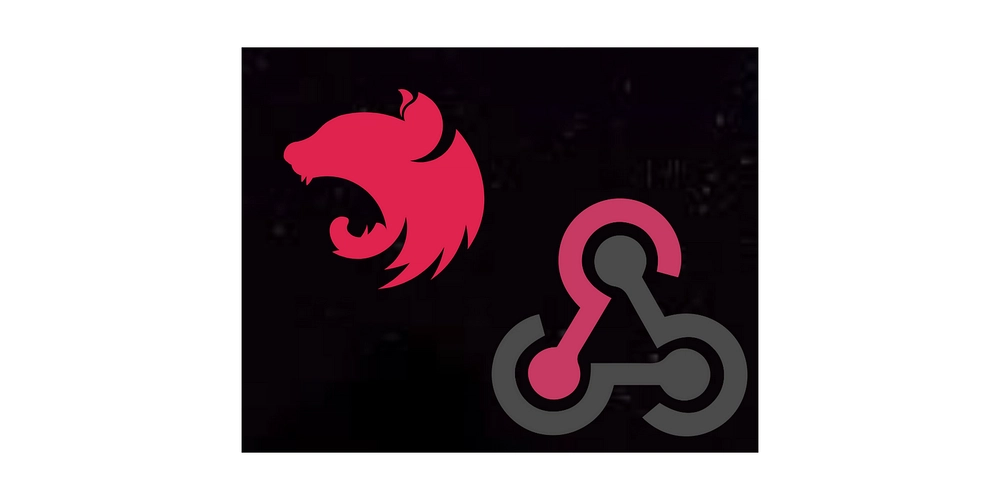
Webhooks are a powerful way to enable real-time communication between services. But what happens if a webhook fails? Or if a malicious user floods your endpoint with spam? In this guide, we’ll build a resilient webhook system in NestJS that includes:
- Webhook sender: Securely signing and sending webhooks.
- Webhook receiver: Verifying, processing, and retrying failed webhooks.
- Dead-letter queues (DLQ): Handling persistent failures gracefully.
- Rate limiting: Preventing spam and abuse.






















































.jpg)
%20Abstract%20Background%20112024%20SOURCE%20Amazon.jpg)


















































































































![[The AI Show Episode 142]: ChatGPT’s New Image Generator, Studio Ghibli Craze and Backlash, Gemini 2.5, OpenAI Academy, 4o Updates, Vibe Marketing & xAI Acquires X](https://www.marketingaiinstitute.com/hubfs/ep%20142%20cover.png)
















































































































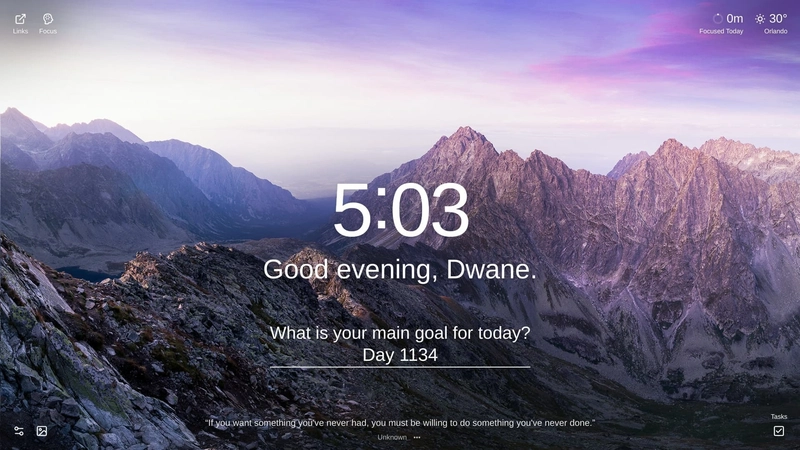
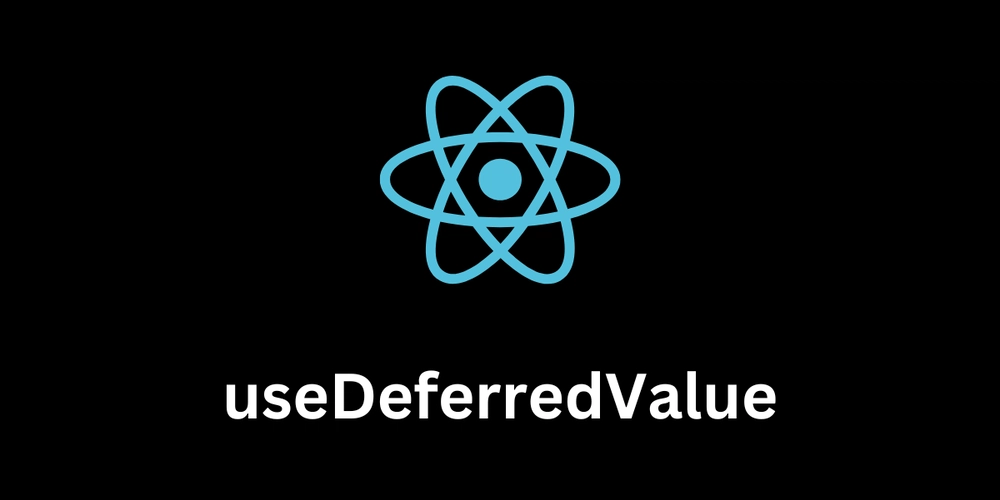
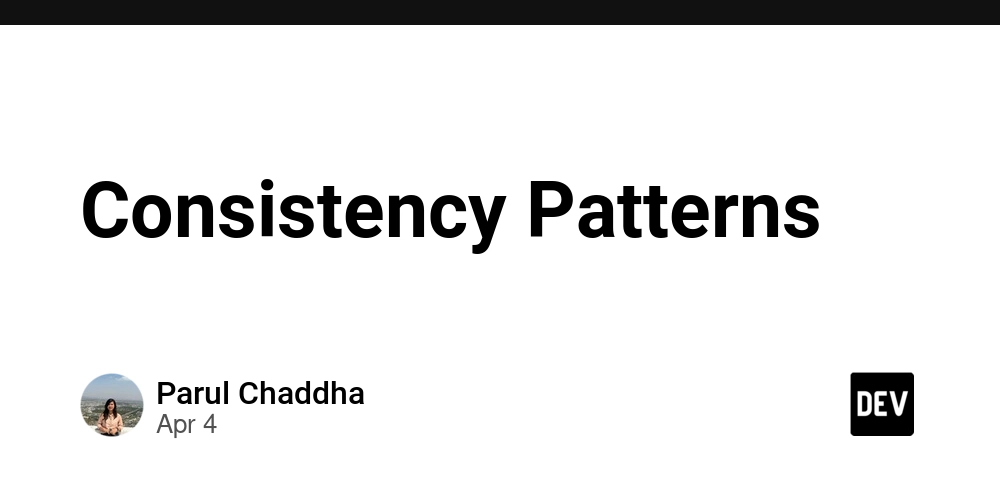













![From drop-out to software architect with Jason Lengstorf [Podcast #167]](https://cdn.hashnode.com/res/hashnode/image/upload/v1743796461357/f3d19cd7-e6f5-4d7c-8bfc-eb974bc8da68.png?#)
















































.png?#)



























































































_Christophe_Coat_Alamy.jpg?#)







































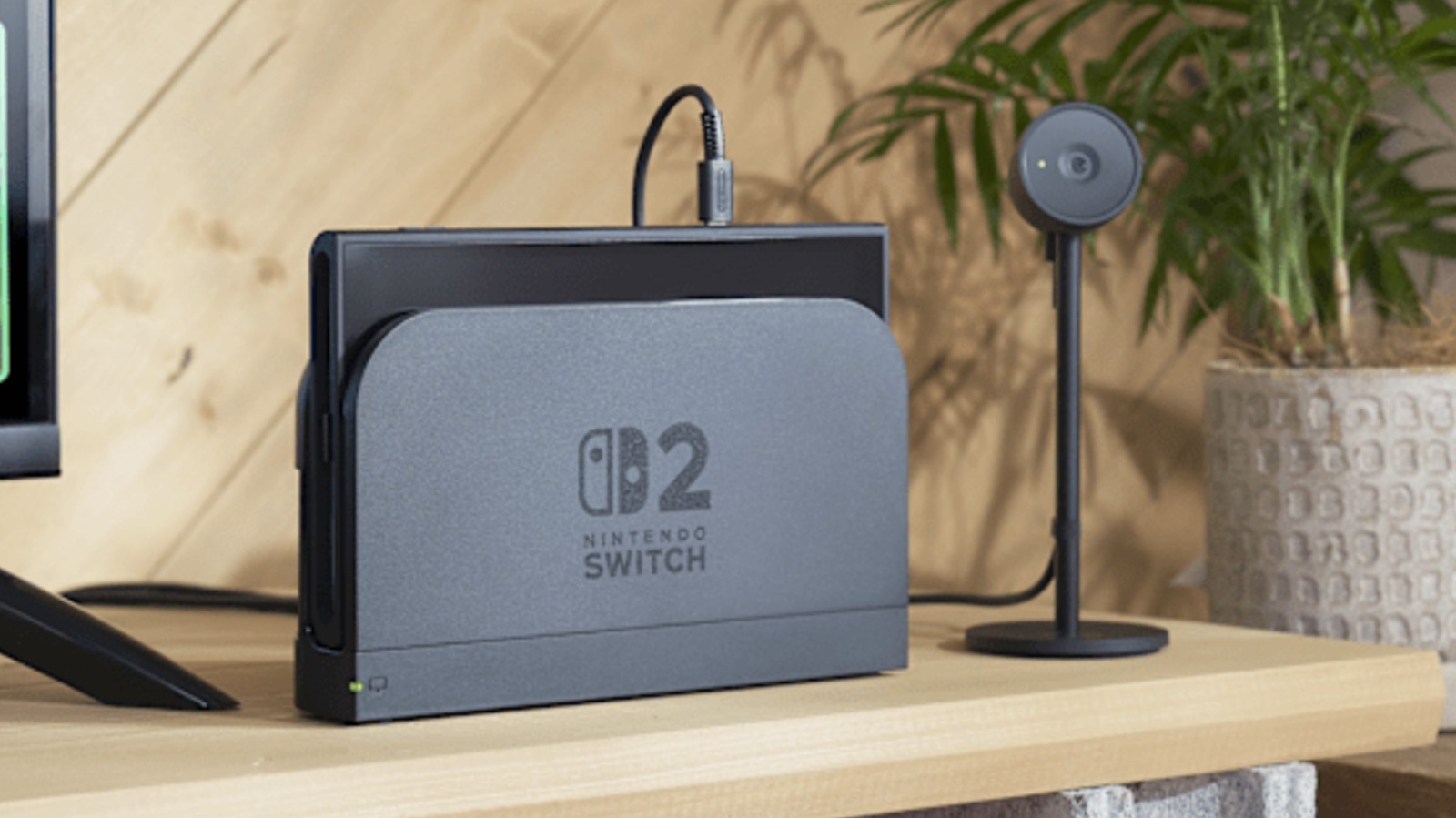


































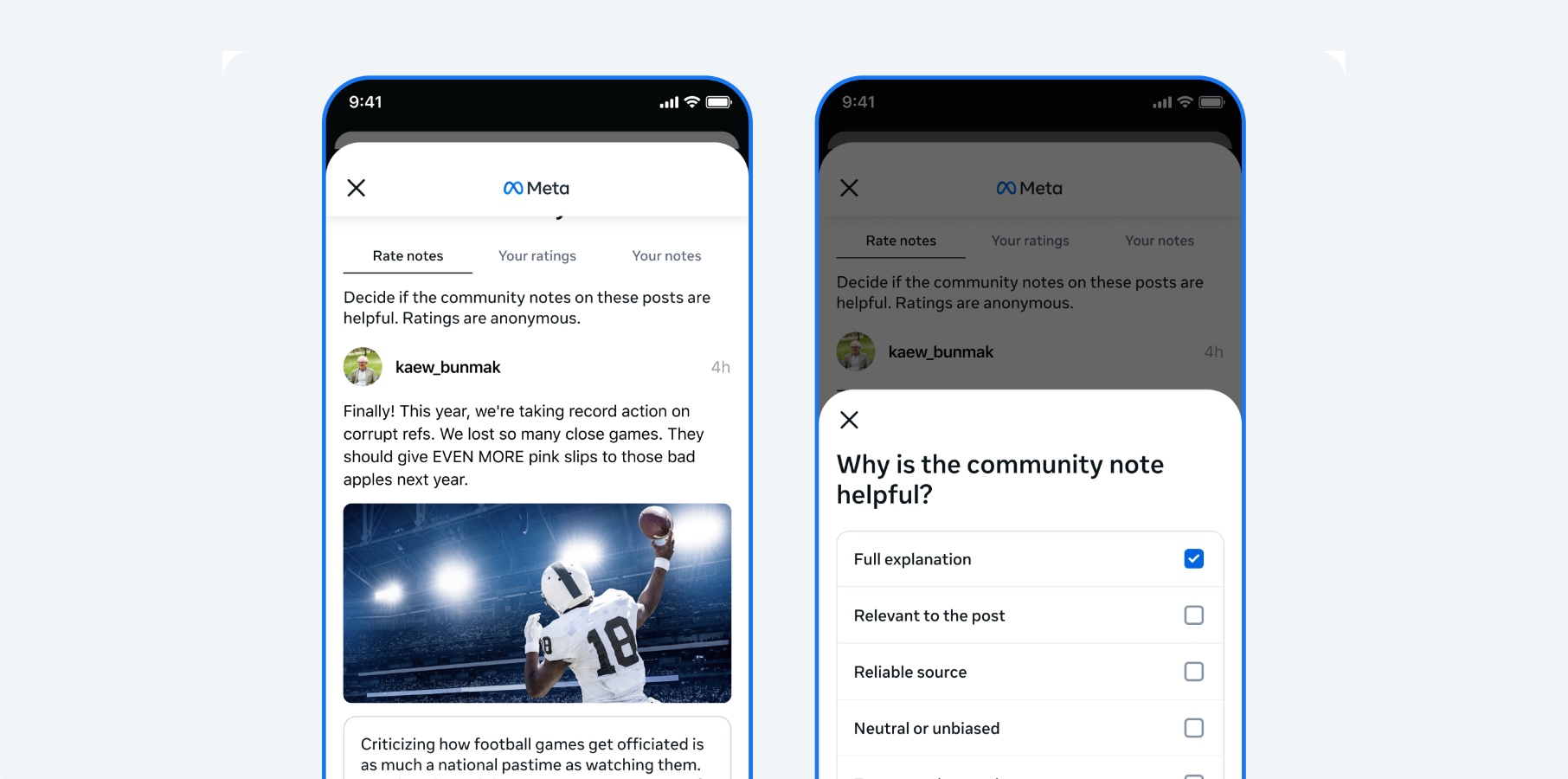


































![Rapidus in Talks With Apple as It Accelerates Toward 2nm Chip Production [Report]](https://www.iclarified.com/images/news/96937/96937/96937-640.jpg)






































































































































